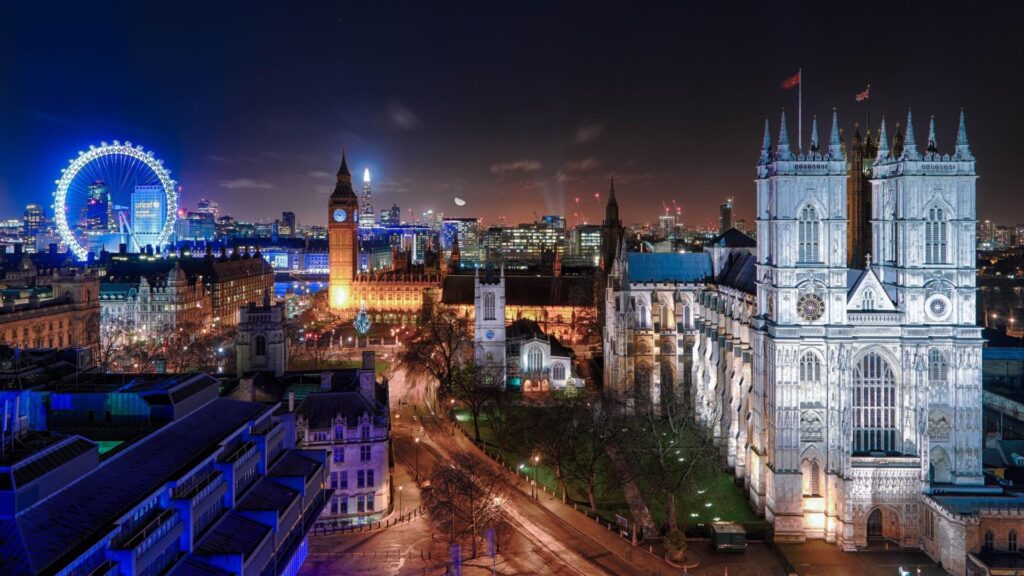The United Kingdom, made up of England, Scotland, Wales and Northern Ireland, is an island nation in northwestern Europe. England – birthplace of Shakespeare and The Beatles – is home to the capital, London, a globally influential center of finance and culture. England is also site of Neolithic Stonehenge, Bath’s Roman spa and centuries-old universities at Oxford and Cambridge.
Consisting of England, Scotland, Wales, and Northern Ireland, the United Kingdom (UK) has long been one of Europe’s most popular tourist destinations. The country’s appeal has much to do with its diverse scenery and rich cultural heritage.
There were 3.0 million visits to the UK by overseas visitors in June 2022; an increase from 2.8 million visits in May 2022.
The UK has an interesting history, the landscape is beautiful. The nightlife is varied and there is always something to do. No matter where you study in the UK, you will find something to do. Pubs, sports venues, markets, concerts and art galleries are just some of the places you can visit when you are not studying.
What attracts visitors to London is more than the amazing pictures of its magnificent ancient cathedrals, palaces, bridges, and museums. London is big, diverse, influential, rich, and packed with many amusing things people from all over the world want to come and see.
Within its boundaries, the UK is a sort of world in miniature — with canyons, mountains, river valleys, deep, beautiful lakes and amazing beaches. These are among the best of its natural wonders.
The Tiananmen, a gate in the wall of the Imperial City, was built in 1415 during the Ming dynasty. In the 17th century, fighting between Li Zicheng’s rebel forces and the forces of the Manchu-led Qing dynasty caused heavy damage to, or even destroyed, the gate. Tiananmen Square was designed and built in 1651, and has since been enlarged by four times its original size in the 1950s.
Near the centre of the square stood the “Great Ming Gate”, the southern gate to the Imperial City, renamed “Great Qing Gate” during the Qing dynasty, and “Gate of China” during the Republican era. Unlike the other gates in Beijing, such as the Tiananmen and the Zhengyangmen, this was a purely ceremonial gateway, with three arches but no ramparts, similar in style to the ceremonial gateways found in the Ming tombs. This gate had a special status as the “Gate of the Nation”, as can be seen from its successive names. It normally remained closed, except when the Emperor passed through. Commoner traffic was diverted to side gates at the western and eastern ends of the square, respectively. Because of this diversion in traffic, a busy marketplace, called “Chess Grid Streets”, was developed in the big, fenced square to the south of this gate.











